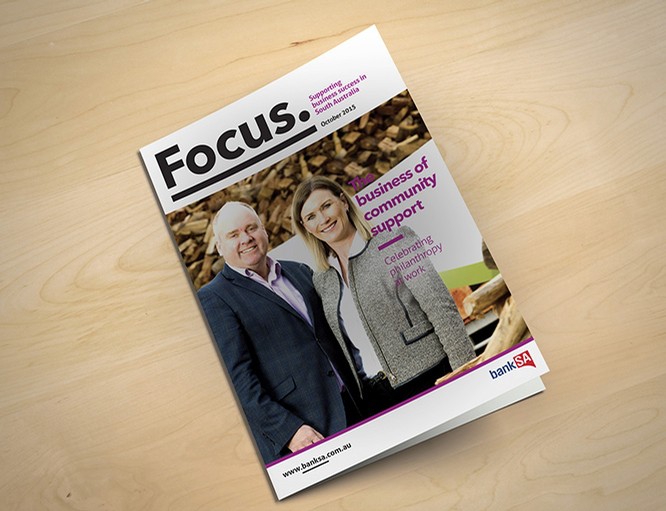


The Situation
The South East Australia Gas (SEA Gas) underground gas pipeline – a joint venture between International Power, Origin Energy and TXU Australia -- was constructed to transport gas from Port Campbell in Victoria to Adelaide. The construction area has spanned 680 kilometres, with work crossing two States, 13 State and Federal electorates, 15 Local Government areas, the catchment of several hundred local, regional and metropolitan media outlets, and more than 660 properties over a 12-month period.
SEA Gas consortium required the support of a professional PR company in the feasibility stages of the project in 2001 to assist in managing communication with a broad range of stakeholders, who could impact upon the timely and cost effective delivery of this major “fast track” energy infrastructure project, and to protect the public reputations of the consortium partners.
Objectives
Key objectives of the communications program included:
- Supporting positive government relations efforts at a local, state and federal level;
- Supporting the efficient administration of regulatory requirements through clear and sensitive communication of environmental, cultural heritage and community commitments by the SEA Gas consortium;
- Protecting and enhancing the reputations of the members of the SEA Gas consortium, particularly given that construction of the project was undertaken by an independent “turn key” contractor;
- Managing landowner expectations to minimise disruption to “fast track” construction activities;
- Managing inevitable issues and crises associated with construction of the project in a manner that allowed continuity of the construction process but which respected the regulatory and other commitments of the consortium.
Elements
Implementation of the communications strategy consisted of the following key elements:
Establishment of a Public Affairs Team that met weekly via teleconference since before the commencement of construction with the Public Affairs Team Chair reporting weekly to SEA Gas Directors;
- Establishment of strict policies and procedures for Public Affairs, Issues Management and Sponsorship (prepared by Hughes Public Relations);
- Consultation with key project participants prior to commencement of the project resulted in the development of a Public Affairs Guide identifying predictable risks to the project;
- Compilation and regular updating of a comprehensive stakeholder database;
- Regular direct Ministerial briefings by the Chair of the Public Affairs Team;
- Pro-active dissemination of information to regional media along the pipeline route prior to construction commencing in their region including news releases and fact sheets;
- Prompt reactive media responses (where required) to manage issues identified through research;
- Regular distribution of newsletters to all landowners and other stakeholders along the pipeline route;
- Development of key messages to assist clear communication on potential issues prior to their emergence in the public arena;
- Speaking engagements at local community organisations for the Project Liaison Officer and speaking engagements for SEA Gas Directors to reach government, regulators and industry stakeholders;
- Regular provision of news and technical articles to industry journals to inform government, regulators and industry stakeholders;
- Identification of key sponsorship opportunities;
- Development and regular updating of a website including access to all news releases, environmental reports and other statutory documentation to ensure accessibility and transparency;
- Preparation of a static display for positive branding of the project at public events.












